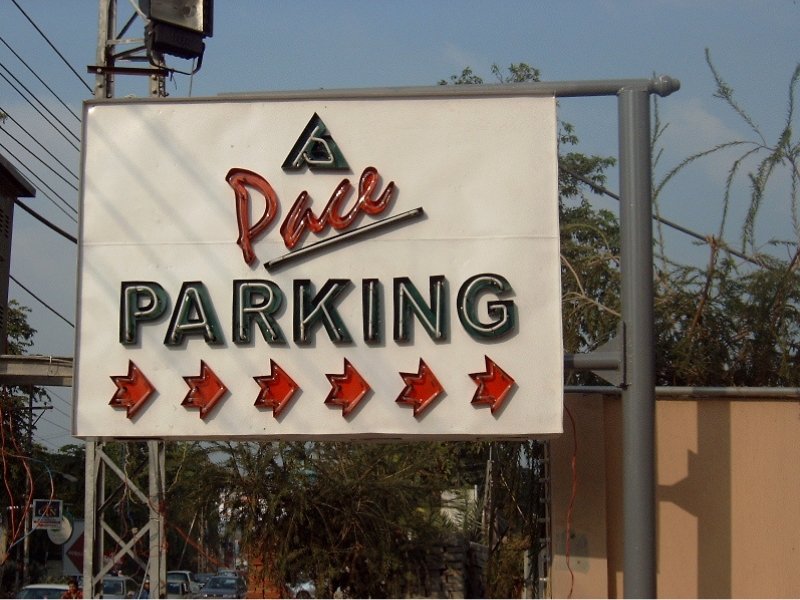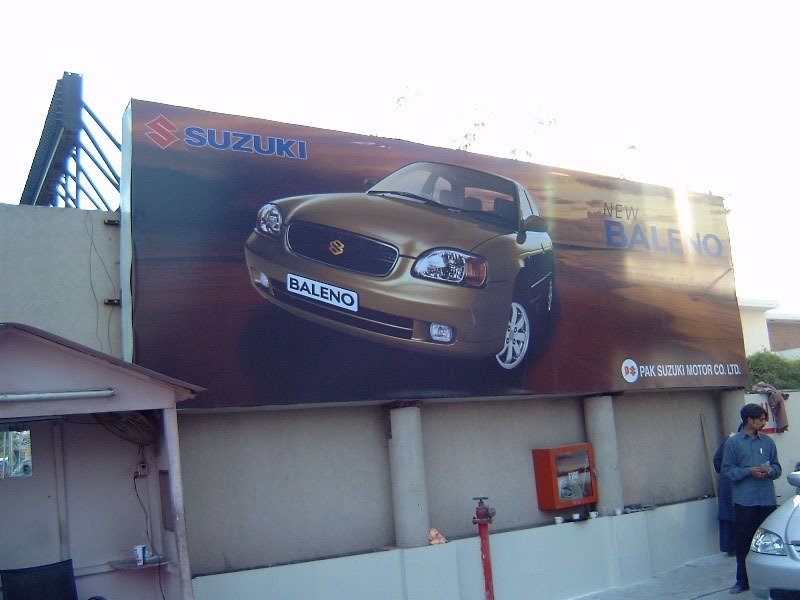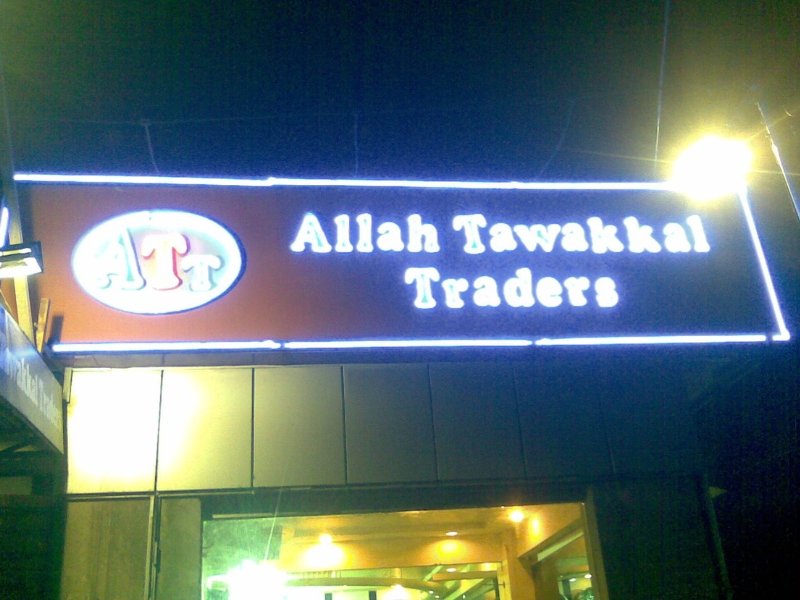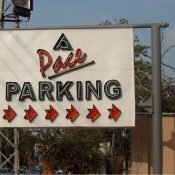
Hoarding Board Design for Shop: How to Attract Customers with Eye-Catching Outdoor Ads
Introduction
In today’s competitive retail environment, grabbing the attention of customers is more difficult than ever. With dozens of shops in one market or street, standing out from the crowd requires more than just good products — it demands a powerful visual presence. That’s where hoarding board design for shop plays a critical role. A well-designed hoarding not only introduces your business to potential customers but also creates a lasting impression that drives footfall and builds brand identity.
Whether you own a boutique, electronics store, medical shop, grocery store, salon, or fast-food outlet, your hoarding is often the first thing people see. And as the saying goes, first impressions matter. In this blog, we will explore how an effective hoarding board design can become your most impactful outdoor advertisement, and what you need to keep in mind while designing it.

Why a Shop Needs a Great Hoarding Board Design
A hoarding board outside your shop is more than just a signboard. It’s a silent salesperson — working 24/7 to attract attention, deliver your brand message, and pull in foot traffic. In local markets, customers often make decisions based purely on how a shop looks from the outside. A dull or poorly designed hoarding may go unnoticed, but a creative, professional design can spark curiosity and lead to sales.
Moreover, the hoarding communicates key information — like your business name, services, logo, and even current offers. It should speak directly to your target audience and reflect the nature of your products. A medical store needs a clean, clear design with essential details, while a bakery may benefit from fun colors, illustrations, and mouth-watering images.
Elements of a Successful Hoarding Board Design for Shop
The best hoarding designs follow simple yet powerful design principles. The layout should be clean, not overcrowded. Your shop name or brand should be the hero — placed in a position where it’s immediately visible. Supporting elements like contact info, social media handles, or promotional messages should not overshadow the main identity.
Color selection is crucial. Bright colors grab attention, but they must also align with your brand image. A beauty salon may use soft, pastel tones, while an electronics shop might go for bold, tech-inspired hues. Your hoarding’s color scheme should complement your shop’s exterior for a seamless visual experience.
Typography is equally important. Use bold, readable fonts. Avoid overly decorative or thin typefaces, as they may be hard to read from a distance. All text should be easily readable both during the day and at night (if lighting is installed). Make sure important details like the shop name, category (e.g., “Mobile Accessories”), and contact number are large enough to stand out.
Images can enhance the design — especially for food, clothing, or beauty-related shops. High-resolution photos of your products or services can quickly tell customers what they can expect inside. But don’t overdo it. Too many visuals can make the design feel cluttered and confusing.
Design Based on Shop Type and Target Audience
Every shop is different, and so is its audience. The hoarding board design for shop must reflect who you’re trying to attract. For example, a stationery shop near a school should have a playful, student-friendly look with school supplies illustrated. A high-end clothing store in a commercial mall may go for a sleek, premium look with monochrome tones and elegant fonts.
Understand your audience’s preferences and design with them in mind. A general store serving families will need a warm, familiar tone, while a gym or supplement store might choose a bold, powerful design with dynamic visuals and strong color contrast.
The key is personalization. Don’t use generic templates that make your shop look like every other business in the area. Invest in a custom design that captures your shop’s identity and communicates it instantly to the public.

Material and Print Quality: Don’t Compromise
Design is only one part of the hoarding. The material and print quality play a huge role in how your design appears in real life. No matter how beautiful your design is, if it’s printed on low-quality flex with dull colors, your message won’t shine.
Common materials for shop hoardings include:
- Flex printing: Affordable and widely used, suitable for temporary designs or frequent updates.
- Vinyl with lamination: Offers better print quality and protection from weather.
- ACP (Aluminum Composite Panel): Durable, premium look, often used for permanent branding.
Ensure that your design files are created in high resolution (300 DPI) and that the printer uses fade-resistant inks. Also, check for lighting arrangements. If your shop is open late into the evening, having proper backlit or spotlighting on your hoarding enhances visibility and keeps your brand active even after sunset.
Common Mistakes in Shop Hoarding Design
Many shop owners make the mistake of overloading the hoarding with information. They try to fit in every product they sell, every offer they have, and all contact details. This ends up creating a cluttered mess that no one wants to read. Remember, less is more.
Another mistake is ignoring local surroundings. If all shops around you use red hoardings, using the same color will make you blend in. Be different. Study your competition and choose a color scheme and design that stands out without being jarring.
Neglecting maintenance is also common. Torn flex, faded colors, or flickering lights give a negative impression and can turn customers away. Your hoarding must always be clean, sharp, and well-maintained — just like your shop.
Updating Your Hoarding Based on Seasons and Sales
Your hoarding doesn’t have to stay the same all year round. Shops that update their hoarding designs during festivals, sale seasons, or new arrivals often create fresh excitement among customers. You can highlight special discounts, new products, or festive greetings.
Design variations can be done in a modular way — keeping the main brand identity fixed while changing small portions for promotional messages. This saves cost and keeps your hoarding dynamic.

Legal and Local Guidelines
Before installing a hoarding outside your shop, always check with local municipal authorities. In some cities, there are specific size limits, lighting restrictions, or permissions required. Getting approvals not only avoids legal trouble but also builds trust with your community.
Make sure your hoarding is installed safely, especially if it’s large or placed on a higher elevation. Always use professional installation services to avoid accidents or damage.
Conclusion
A well-thought-out hoarding board design for shop is one of the smartest investments you can make for your business. It’s your 24/7 brand ambassador, your silent marketing partner, and the first handshake between your shop and a potential customer. Don’t settle for boring, generic signage. Instead, craft a design that reflects your shop’s personality, speaks to your audience, and stands out in the market.
From design concept to print material, every step matters. Whether you’re launching a new store or rebranding an old one, your hoarding board is the first step toward creating a successful, recognizable business presence.




